Translated by Ranjita Biwas
Assam’s struggle for identity and independence has always plagued the state; from the Assam Agitation in the 1980s to the protests against NRC and the Citizenship Amendment Bill of 2019. Without delving into the politics of right and wrong, Arupa Kalita, in Written in Tears, focuses on the life of ordinary people, especially women and children, whose plights, are often ignored against the backdrop of the prevalent civil unrest.
We encourage you to buy books from a local bookstore. If that is not possible, please use the links on the page and support us. Thank you.
One agitation, many perspectives
Written in Tears is a collection of eight short stories that focus on the impact of the Assam Agitation on women; and the violence, physical, emotional and intellectual, that it caused.
These stories cover a wide range of perspectives on the Assam Agitation. In Arunima’s Motherland, about a new bride who discovers that her brother-in-law is part of an insurgent group, we read about the darkest chapter of Assam’s political history called the ‘secret killings’1.
In The Cursed Fields of Golden Rice, the story of a simple-minded girl separated from her village and way of life, we read about double displacement and the tragedy that follows. In Face in the Mirror, a woman recalls terror encounters that she has both heard and experienced throughout her life. This short story has an interesting segment where Kalita draws an excerpt from Toni Morrison’s The Bluest Eye to denote dominance against the oppressed. (Interesting Fact: Kalita has translated The Bluest Eye into Assamese.)
Sending shivers down your spine is The Half-Burnt Bus, in which a bus destroys everything on its way in a flourishing town. With a dose of magical realism, the bus is a metaphor for the violence and devastation that befalls Assam.
Kunu’s Mother is about a mother’s struggle to protect her young daughter against an insurgent demanding to marry Kunu. Mainao in The Girl with Long Hair has her hair cut off as a punishment for attending the boycotted Durga Pooja. Surabhi Barua and the Rhythm of Hooves reflect on the predicament of intellectuals who had to pay a heavy price for merely stating their opinions. The last story Ayengla of the Blue Hills is about a woman brutally raped by the Army leaves her insane, interspersed with folklore.
Written in tears: The Women and their stories
Kalita’s protagonists are strong women characters who defy the diktat of society, even if they have to suffer for it. With meaningless bloodshed and killing around, the women of the house fend for themselves, their husbands and their children in physically challenging conditions. They always try to bring order amidst all the chaos.
The vulnerability of women to sexual violence is justly a recurrent theme in the stories. Except for The Half-Burnt Bus, all the stories have women’s experiences as the main plot, bringing their oft-suppressed voices to the fore.
Culture, land and folktales of Assam
As is with a good story, all descriptions, from geography to clothing, are rooted in the culture of the state.
Kalita brings the nature and beauty of Assam in its entirety, with vivid descriptions of its topography. Lush greens, valleys, blooming flowers, livestock, honeycombs, and paddy fields are beautifully described along with man’s ability to destroy them. There is a poignant part where we read about how the traditional gamocha, mekhela chador and dokhona3 of so many people end up blood-stained.
Written in Tears is a wholesome glimpse into Assam’s food, culture, clothing and traditions. But as readers, we can sense an impending doom even in this happy picture that is painted. This feeling of tension forms the backdrop of all the narratives.
Kalita often blends folktales in her stories that help readers understand the culture. The Cursed Fields of Golden Rice is replete with the lyricism of the Bodo Tribe’s folk tradition. The story is set against the backdrop of the Bodo Movement* for autonomy in the 90s. Ayengla’s traumatic experience is mixed with her reminiscing about the story behind her name which is the legend of Ayengla and the Sun God.
The legend of Asagi-Baisagi and Chandrabao triggers a major event in The Girl with Long Hair. The sisters Asagi and Baisagi often stole from the fruit garden of Chandrabao. He caught them by setting a trap and later freed them. However, the matter did not end there. People who came to know about the incident concluded that they have committed a sin: “When Chandrabao freed them from the trap, he must have touched them”. He was decreed to marry the sisters. Such oral history and traditions held people together and some tribes still follow them.
Conclusion
The book offers great insights into the socio-political-cultural scenario of Assam, with details about the everyday life of a community that is not part of any headlines or newspaper articles. For mainland Indians who continue to be ignorant about the region, Written in Tears is a fantastic starter pack. It made me ponder how we take peace and safety for granted, whilst they are not a blessing for everyone.
References / Further Reading:
- Gamucha: https://en.wikipedia.org/wiki/Gamucha
- Who Remembers the Secret Killings in Assam – http://www.raiot.in/who-remembers-the-secret-killings-in-assam/
- Bodoland Movement in Assam – https://summinlunvualnam.wordpress.com/2016/04/14/bodoland-movement-in-assam/amp/
- Boro Culture: https://en.wikipedia.org/wiki/Boro_culture#Dokhona
- Mekhela Chador: https://en.wikipedia.org/wiki/Mekhela_chador
Favourite Quote
“The waves of conflict from outside invade their equanimity from time to time; after sometime like a flood that leaves behind destruction, they go away. The people keep to themselves for some time and then slowly venture out. After all, they have to fill their stomachs. Like flood sweeping away some, these conflicts also take away a few; those who are left behind reminisce about them and organize the funeral rites. After a period of time, all that is left of them are memories.”
Suggested Reading:
These Hills Called Home: Stories from a War Zone by Temsula Ao
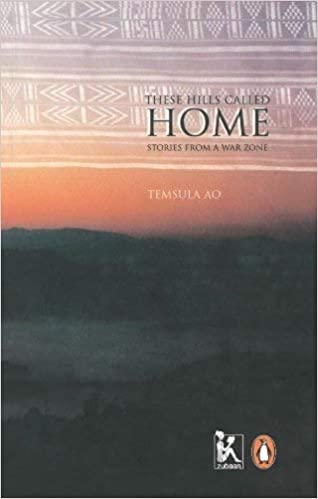









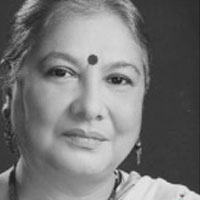

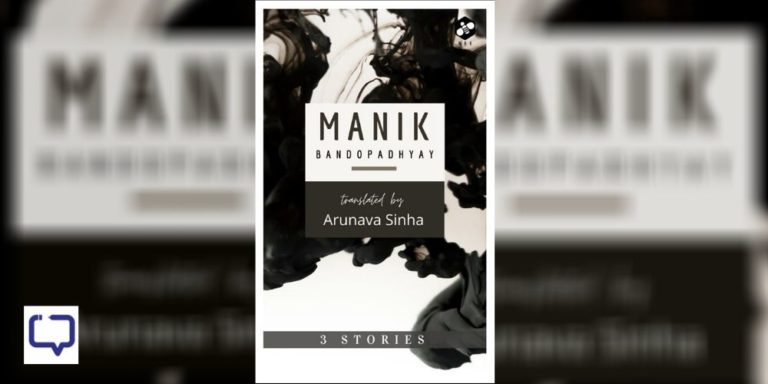
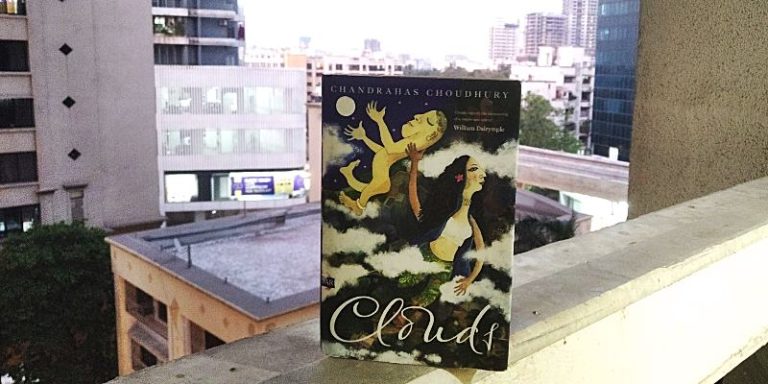


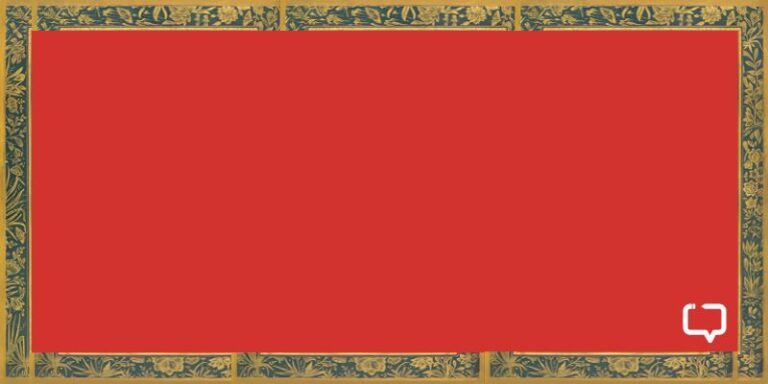
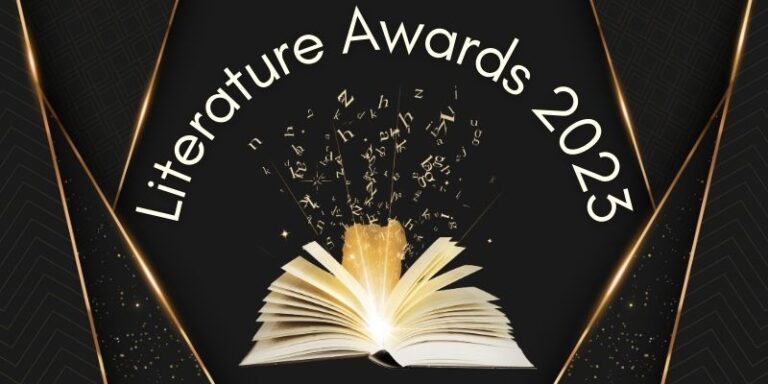
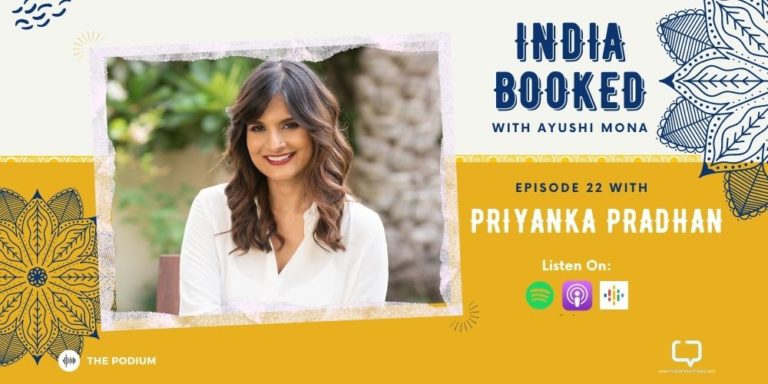
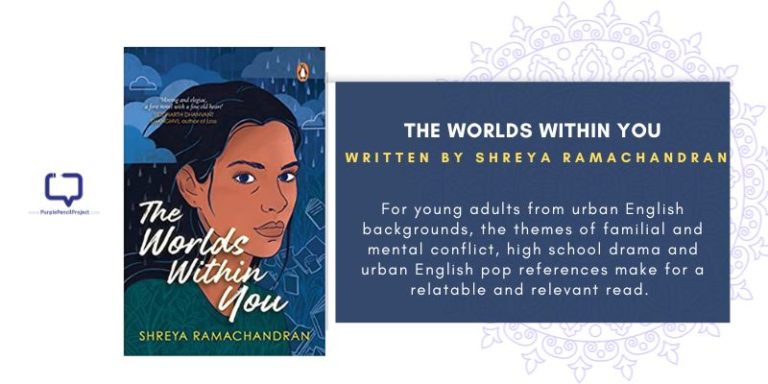
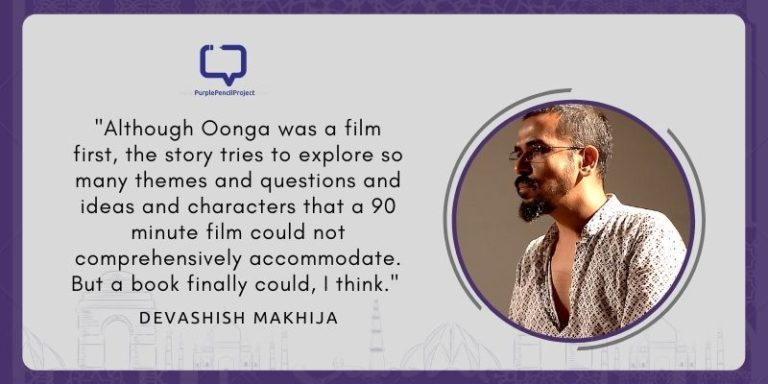
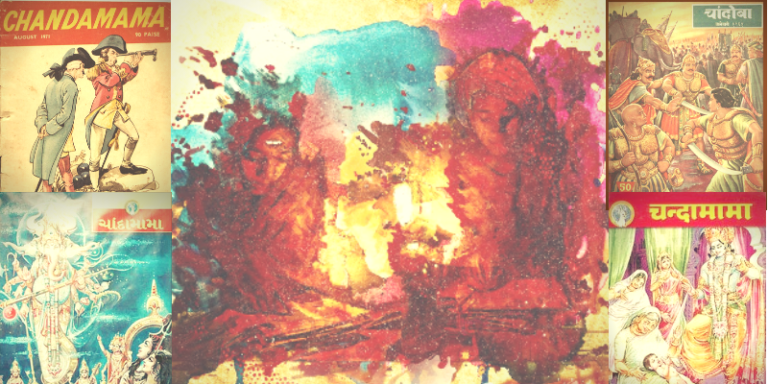
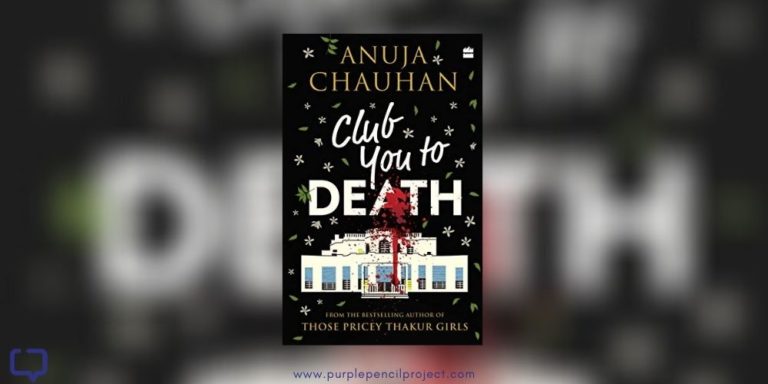


2 Responses
That was a well researched wonderful review … The voices for which book stand is so relevant too
This book has been on my shelf for close to 2 years now.. feeling motivated to pick this up next.